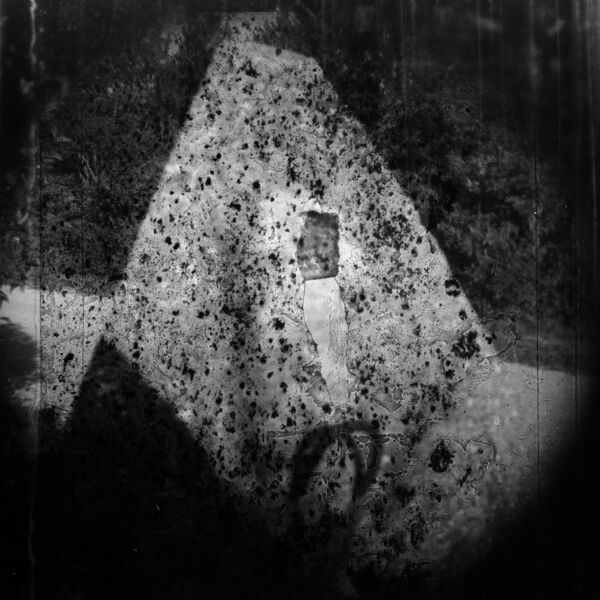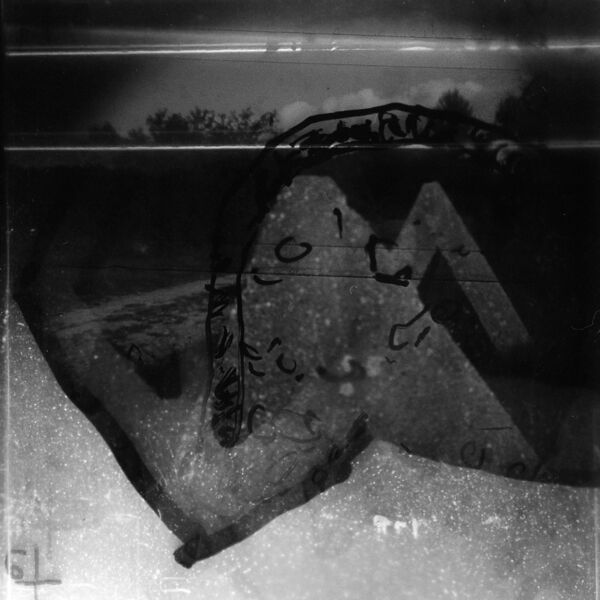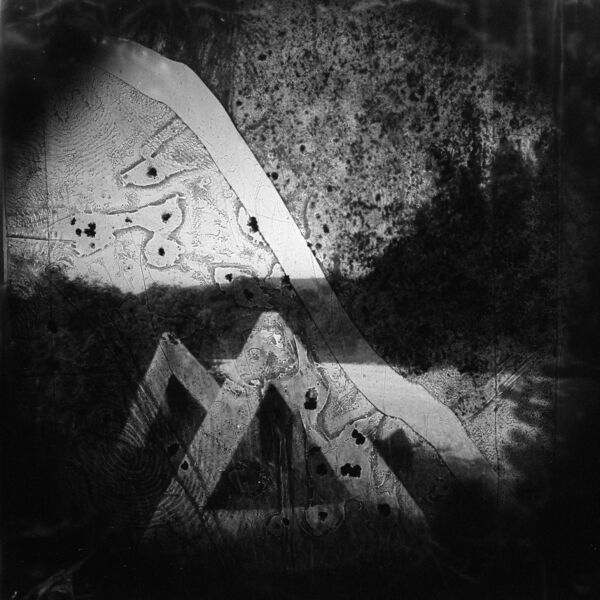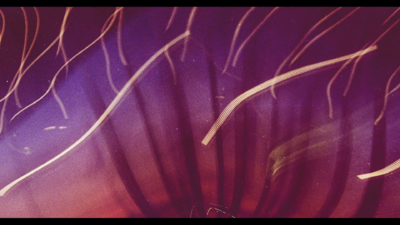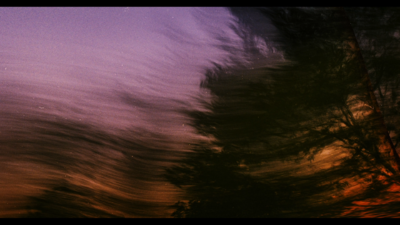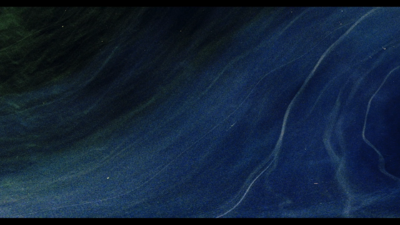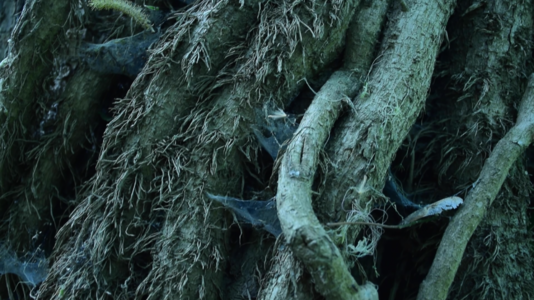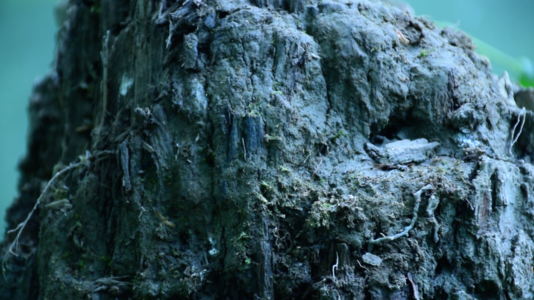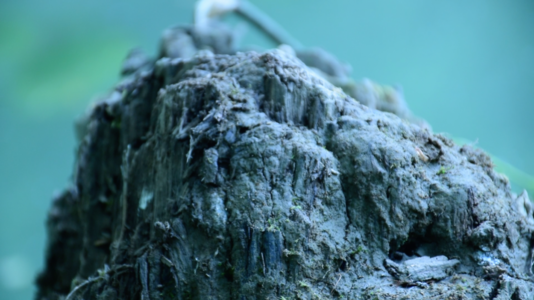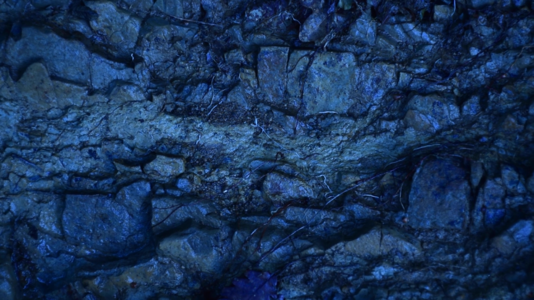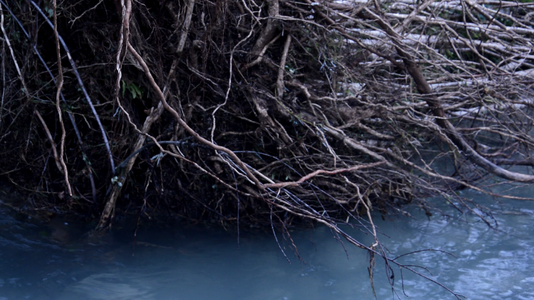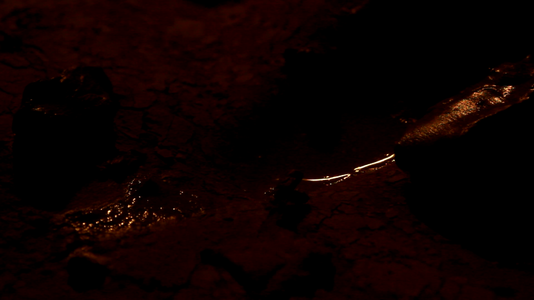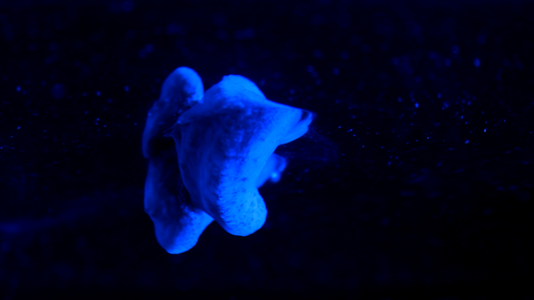LB3 and V2
LB alumni 2020 and V2_
About the collaboration between LB alumni 2020 and V2_.
- The schedule includes two days of build-up (e.g., Tues 23 - Wed 24) and roughly four days of exhibition (e.g., Thursday25 -Sunday 28) with a two-hour live-streamed program on each exhibition day for live presentation and performance.
-The whole program can take place using V2_’s streaming and presentation equipment. -Students are responsible for: the bar and door; any presentation materials related to their individual work; and the design of the promotion materials. -The curatorial groundwork will be planned by Florian Weigl in conversation with LB alumni and monitoring during the build-up.
V2_ assistants
Jue Yang, LB alum 2020
jueyang22@gmail.com
Ugo Petronin, LB alum 2020
ugopetronin@hotmail.com
Details
Alumni proposals
- Please add your name, email address and phone number plus a short project description, bio and no more than three images
sonia mangiapane: Ambient/Aberrant (2019-ongoing)
sm@snmngpn.com, +31 687253205
[rest is coming 9 Feb]
project description
bio
As a photomedia artist I employ media and processes defined primarily by their use of light, as opposed to the exclusive use of the camera. Working with a range of camera-based and camera-less processes, I approach the (expanded field of) photography primarily as a medium of light writing, rather than a medium of representation. Guided by my fascination with the physical properties and ethereal qualities of light I explore concepts relating to journey, place and notions of time.
Felix Obermaier: Structured Light Portraits (2021)
obermaier.felix@me.com, +4915126652373
[rest is coming 9 Feb]
project description
A series of portraits which are photographed using structured light. Structured light is used as a vision aid for machines. Usually, it is not made visible to human spectators, but used in automated computational image making, which eventually produces images that we consume. In this work however, the structured light is exposed, and re-purposed to create abstract images of white spots against black background. – How does the information in these images differ to the human versus the non-human spectator?
bio
Mia Paller: BARRICADES (photographic series, 2020-ongoing)
mia.paller@gmail.com, +31640016527
project description
is a series of analogue photographs and frottages of the barricades from the ‘’10-day war’’ for Slovenia (1991). These concrete pyramids were roughly dropped by the road in the village of my parents and have become overgrown with ivy and shrubs. As I was born in 1995, the barricades seem to me like monuments of the war I did not live and know little about. I understand frottaging and photographing as means of close examination with forensic quality. As if the time was a sedi¬ment compressed in one layer, flattened in a drawing or an analogue photograph. Images expose the texture and its ‘flaws’ and echo my fas¬cination for surfaces and the concepts of trace, index and abstraction.
bio
Mia Paller (1995, Ljubljana, SI) graduated in Lens-Based Media Design (MA) from Piet Zwart Institute (Rotterdam). Prior to that, she finished her BA studies of painting at the Academy of Fine Arts and Design, University of Ljubljana (SI). Her practice consists of painting, moving image, and photography. She participated in several exhibitions and film festivals mainly in Slovenia, but also in the Netherlands, UK, and Croatia. Mia Paller currently lives and works in Rotterdam, the Netherlands.
Ugo Petronin: ABIDINGS (film series, 2019-2020)
ugopetronin@hotmail.com, +31640219519
project description Abidings are short experimental films each made of a single 35mm color photograph produced through a shutterless camera. The films are driven by my interest in the interrelationships between techniques, gestures and metaphors and stem from my exploration of fluidity and continuity in cinematographic processes.
You can preview the films with these links: Password: ABD2021
For this particular event I have four short films available, none of them have been previously released. Their duration range between 5 and 6 minutes, they are in color and silent. I am flexible with the way of presentation, but I initially thought of them as installations. They are using the same technique than my first film Abiding (2019) but with an improved animation method and resolution (4k). As photographs, the films are site specifics, two have been made in the train near Utrecht, one focussing on the urban landscape and the other on the setting of the sun. The two others were made walking through Het Park, one tends to focus on vegetation and the other on the waters and their reflections. I am only showing work that has been produced in relation to my studies at the Piet Zwart Institute (2018-2020). During that period I developed a strong interest in the interrelationships between techniques, gestures and metaphors which I explored through the development of a particular photo-filmic method. Intrigued by the poetic and aesthetic impact of light leaks on films I began to question the capacity of light spills to bridge frames and to bond images. The interstitial space between frames became the centre of my attention and I wondered what would happen if this separation was abolished.
Between 2018 and 2020, I focussed my artistic practice on answering this question through the deconstruction of the fragmentary regime of image production. My inquiry was informed by ideas such as the open-machine (Gilbert Simondon, 1958), the poetics of water (Gaston Bachelard, 1942), dialogical photography (Vilém Flusser, 1983, 1985) and the gestural dynamic between material and conceptual in the art practices of Aïm Deüelle Lüski (1993, 2010) and Chris McCaw (2006, 2014). Departing from the assumption that a dominant form of photography was established on a solid and discontinuous logic, my aim was to examine the possible implementation of a logic based on fluidity and continuity. This was approached by highlighting and modifying the elements which enact the fragmentation in the camera mechanism. As a result, the interstitial space between frames was erased by dismantling the shutter and the intermittent mechanism of the camera. The flowing of light in the camera afforded by the removal of the shutter, dissolved the space between frames which resulted in the grouping of images on the film surface. The flowing of light and the movement of the film contributed in the creation of a type of syntax based on the continual linking up of frames.
Enacted through a circular gesture, exposure became dynamic and relational, participating in the conceptual shift from a logic of fragmentation to a logic of assimilation. On a technical level, this assimilation of frames is pertinent to describe the illusion of continuity produced by the strip-photography technique. On a metaphorical level, assimilation sends us back into imaginaries ruled by the dynamics of waters and fluids. Sometimes I think of my films as gestures of opening to embrace the living character of confusion.
bio
Ugo Petronin (1985, Aix-en Provence, FR), is an artist and filmmaker based in Rotterdam. Most of his works are driven by his fascination with waters and fluidity and his obsessive curiosity for their potential to question our material, epistemic and ontological presuppositions. Recurrent in his practice are the disruption and construction of interrelationships between techniques, gestures and metaphors. Until now the works were predominantly photographic and cinematographic but his ongoing river-specific research approaches fluidity from an acoustic perspective. He holds a Master in lens-based media design form the Piet Zwart Institute and a Bachelor in sociology and cinema from Aix-Marseille University. His last film Abiding (2019) has been selected and awarded in international film festivals and is being distributed by the Eye Film Museum and Doc Alliance Films.
Jue Yang: there is no death in gravity (2020)
there is no death in gravity (HD video with stereo sound, 7m37s)
What is the sound of a heartbreak? When does an apple die?
I listen to a mundane cosmo through the footsteps of my neighbor.
Made in 2020 — a year of limitation and, oddly, new openings — I used footage from my personal archive (shot in 2019) with sounds from on the internet. Recorded and edited in a living room, this was my way of speaking to the stars.
Animation credit: "Two Black Holes Merge Into one" by Simulating eXtreme Spacetimes (CC BY-NC 2.5 license), used here with slicing and changed speed.
bio
Jue Yang is a writer and filmmaker based in Rotterdam, NL. From Jue: "my current writings, often auto-ethnographic, concern institutional oppression, generational trauma, grief and the act of archiving. My practice involves annotation and the gathering of fragments. I have an envelope full of post-it notes that once marked different pages of different books — that is how I converse with their authors. My images come from looking and listening with full intent. Through the making of images I find moments of rest and belonging. Others have described them as "silent" and "transcendent" — descriptions that I embrace."
Ana Brumat: Synthetic Envisions [working title] 2020 -
project description
I am working on a series of short movies, max 25min long all together. The narrative is given in a form of imaginary field reports. The protagonist an individual of an unknown specie, who tries to adapt to (devastated) hostile environments. It tries to survive by modifying the habitat itself, its own body or by creating new artificial machines. In the form of an allegory, the films describe the environment where the creatures within my artwork grow and develop, my personal relation with the material I work with and the method of materializing them through processes and techniques of experimentation. The field reports and the moving image serve as a means to observe my own process and at the same time merge with it. My work also addresses a broader context: Evolution Theory, Theories of Artificial Intelligence, General Systems Theory, System Biology, Eugenics and Nature of Consciousness.
Example of the field report n.1.2.3
The habitat n.HKA.89 is a hostile. Most of its solid structure is made of thin filaments. The magnetic field has almost vanished. The solar wind blows wildly on the surface, slowly stripping away the atmosphere. I have found entrances to tunnels, leading to a labyrinth below the surface. The life inside n.HKA.89 persists far below the ground in the cosmic silence, where ruthless creatures desperately hunt for food. Hiding in starvation, they wait inside the tunnels for ages, until a lost soul happens by. This is when all inhabitants’ greed, lust and hunger come out. They execute a ferocious assault on the victim. In the first stage, the hunters satisfy their appetite by devouring the non-vital parts. Afterwards, they modify their prey’s genes so the carcass starts a process of continuous, rapid regeneration. In this way the precious organs regrow and the life fluids are replenished. The rest of the fleshy muscle tissue starts to grow in irregular extremities and forms; the cells multiply where they can find space, creating shapeless deformations. Luckily, the hunters always remove neural systems and parts for consciousness from the victims to avoid any attempts at escape. The nutrition with the half living corpse can last for millennia, until the body’s genes become weak enough to completely stop the regeneration. As the final stage, the hunters integrate the rest of the carcass inside the terrain’s structure to fortify the complex architecture of filaments which protects them from cosmic rays. Thereafter they position themselves inside their dead-end traps and wait for the next prey.
bio
Ana Brumat graduated in Fine Arts at the Accademia di Belle Arti di Venezia [2017], where she explored the arts of printmaking, painting and multimedia. Afterwards she moved to Berlin and formed an experimental multimedia project ‘‘mraak’’. To further her studies, she moved to Rotterdam where she graduated as a Master of Arts in Fine Art and Design: Lens-Based Media at Piet Zwart Institute in Rotterdam [2020]. Following the completion of her study she has continued to reside in Rotterdam, taking part in various audio visual projects and film making all over the Netherlands and even further abroad.
Cem Altınöz: Borderless Existence (working title, 2021)
cemaltinoz8@gmail.com, +31687644530
project description
bio
Cem Altınöz (1993, İstanbul, TR) works and plays with images and texts. In his artistic research he investigates the problematic metaphorical medical language used in the definition of autoimmune diseases; the place of ‘ownership’ in one’s relationship with the lived body, and the place of the Other in the self-definition of the individual. Deriving from his own experiences with autoimmunity, he strives to make connections between the singular and the universal; often resulting in autobiographical still and moving images that are impure and sullied, roaming in the realms of the uncanny.
Altınöz has concluded his studies in Piet Zwart Institute in 2020 and is currently residing in Rotterdam.

